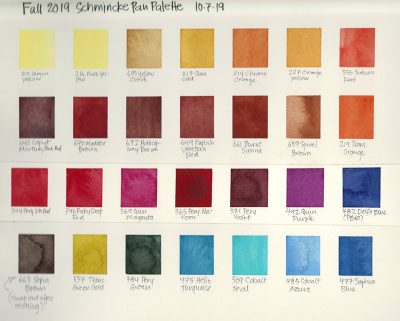
Yesterday I decided it was time to tune up my watercolor travel palette.
Before the Fair this year I took pan colors off two squarish palette boxes (Schmincke). I consolidated some of the pans into a smaller palette I could use at the Fair—I wanted to carry as little as possible.
Since the Fair I keep forgetting to put my favorite colors back into one box. I find I miss colors when I’m sitting at home sketching, typically at 10:30 p.m. when to go get more colors in the studio would mean walking by the bedroom and waking Dick up.
Yesterday I was clearing off my work table and the two loose boxes were staring at me in a sort of accusatory way.
I cleaned both palettes and put one away empty. I consolidated colors into the remaining squarish palette box of 28 colors.
Yeah, lots of colors, but if you look at the color swatches you’ll see why.
This is the palette of an artist who sketches chickens!
You can see details of the messy boxes on my instagram feed @RozStendahl. And if you would like to modify your Schmincke palette box in the same way, or in a couple other ways.
Minutia about the Palette
Sepia isn’t a color I’ve ever had on a travel palette. (At least I don’t recall it being on one.) I have been doing a lot of monochromatic sketches so I threw it on the palette.
If it bothers you that I have some warm colors and then a cool color and then more warm colors just know that when you have that many reds or oranges it helps to separate them in a way that you can tell them apart when looking at the dry pan. (Sometimes the non-wet color is difficult to “read.”) Since I change my palette frequently I find these visual cues help me. In a palette that I’ve actually been using for a long time color arrangement might indicate that I pried out one color and put in another that is not really “in order” but it saved reorganizing the whole palette. (That’s not what’s happening in this palette.)
Of course the really fun thing about this, or any of my palettes, is to look at it after I’ve been using it for awhile—especially if I’m starting with all fresh pans (I’m not with this palette). After a month or so you begin to see which colors I really need to have with me! Happily factory made pans don’t have a shelf life and they are happy to migrate from palette to palette.
Some colors keep coming back because I love how they mix with others, or I love how they granulate (Cobalt Azure).
Since I am not hiking across the wilds of Canada carrying everything I need to be self sufficient I don’t really see the point to weed these down. When I reach for the palette and start to paint the color plan is already in my mind.
What’s Happening with the Third Row of Swatches?
I just realized I didn’t mention anything about the third row of swatches. You’ll see that it seems to be a strip of watercolor paper stuck down. It actually is. While painting the third row I allowed myself to be interrupted by a phone call. When I returned to the process I inadvertently started with the wrong color 4 swatches in.
Normally I’ll just do a two-pointed arrow indicating the need to flip colors to reflect how they really sit in my palette, but on this day I redid the entire row on a separate piece of the same watercolor paper and then pasted it in place.
Since all my tape masking for the main chart and the insert were done by eye there’s a size difference with the third row. It doesn’t bother me a bit—because when I was finished I went straight to painting. That’s what matters.



















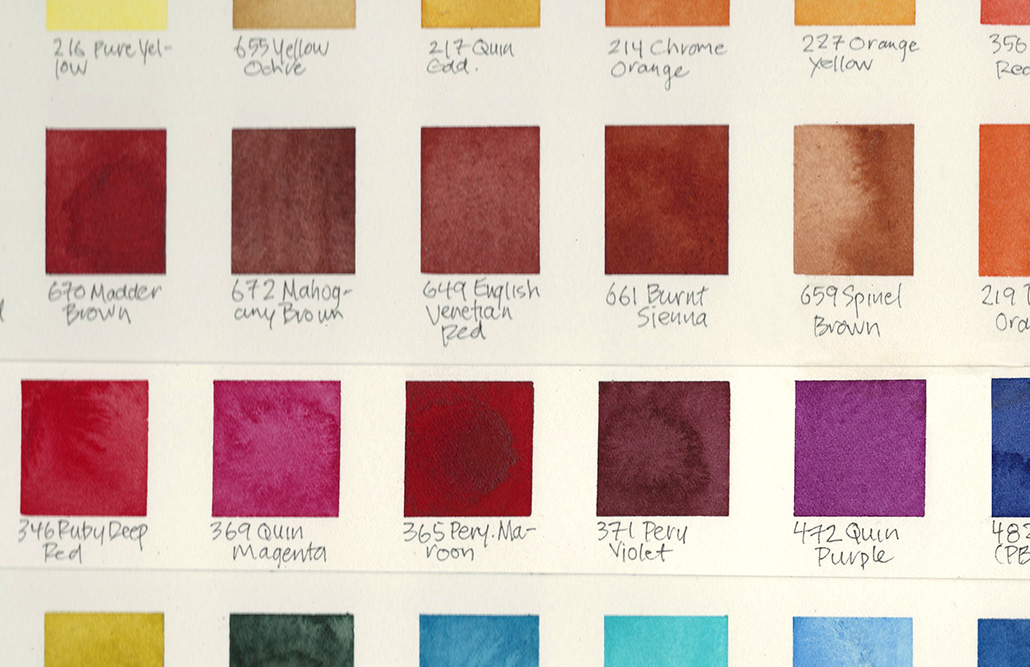
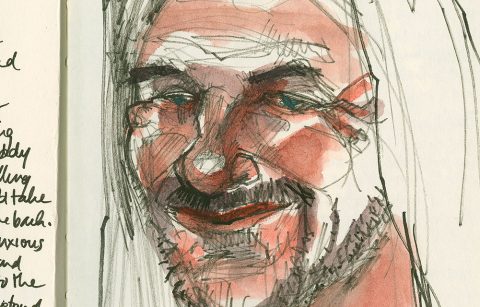
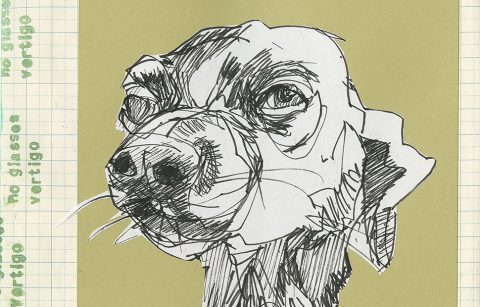
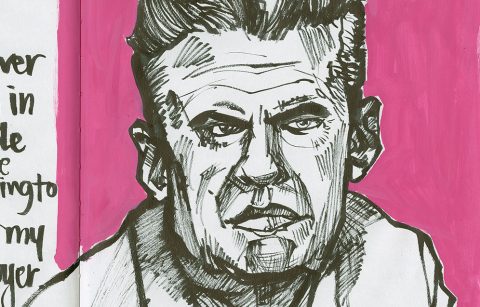
Roz this might be anathema to you, but I’d like your opinion on sketching animals from live cams. I have no pets and nary a bird lands on my balcony (I live in the heart of the city). I can go to a major park, but somehow never get there. Plus, I’m not enamoured of ducks, etc.
Recently I found some wonderful live cams of camels. These animals have been a lifelong interest. Since I’m stuck on your lesson in “Beginnings” in Sketchbook Skool I’d like your thoughts on the subject. Have sketch sheep and goats and progressed from resting animals to those meandering in fields.
Expense is an issue. I’ll go to the bug zoo again because it’s cheap.
Joanne, thanks for your kind comment about my work and the blog, I’m glad that you enjoy it.
I’m sorry to hear your stuck on on the animal sketching. Since you’re in the city I understand that it’s difficult to find animals. Depending on which city you’re in, if there is a river or lake I encourage you to go there and there will probably be geese which make great sketching models.
As for sketching from live cams. It isn’t the best because the camera flattens things and you don’t get the understanding of the volume of the animal.
But as long as you let the cam RUN and don’t pause it, the thing you can get from the cam is the sense of gesture. You are forced to work quickly.
I recommend that you check out the live bird cams during nesting season and keep the camera running. The other thing this teaches you is to know when a bird/animal is going to take a pose, hold a pose, and also patience as sometimes they will come and go.
If you stop the cam then it’s no better than sketching from a photograph and I think that’s not great when you’re learning to sketch live animals. I believe it’s better to see them in person, moving about in space.
To augment the live animal cams (which you are going to leave live) see if there are farms near the city where you might be able to go. And also see if there is a natural history museum you can check out taxidermy at—those subjects will be still, but they will be dimensional and that will be another great part of your learning.
Have fun.
By the way, I love your work and look forward to your posts. Have used the links extensively.